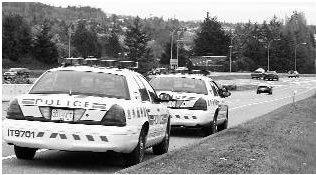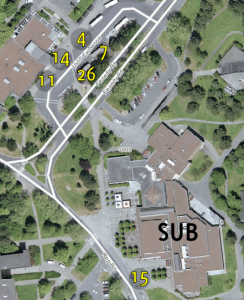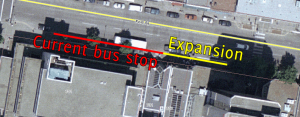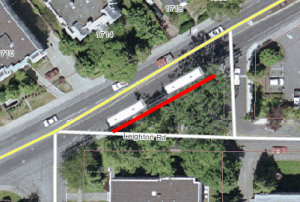Why has the Victoria Regional Transit Commission only currently have six members on it? Since the 2008, the seventh seat has sat empty. According to the BC Transit Act, “A regional transit commission consists of not fewer than 7 members”, yet the commission currently only has six. The act then goes on to state:
The following persons must be appointed under subsection (4) as members of the regional transit commission for the greater Victoria metropolitan area:
(a) the Mayor of Victoria;
(b) a Victoria councillor;
(c) the Mayor of Esquimalt or Oak Bay;
(d) the Mayor of Saanich;
(e) a Saanich councillor;
(f) one of the following:
(i) the Mayor of Sidney;
(ii) the Mayor of North Saanich;
(iii) the Mayor of Central Saanich;
(g) one of the following:
(i) the Mayor of Colwood;
(ii) the Mayor of Metchosin;
(iii) the Mayor of View Royal;
(iv) the Mayor of Langford;
(v) the Mayor of the Highlands;
(vi) the Mayor of Sooke;
(vii) the electoral area director of the Juan de Fuca electoral area.
As the current commission consists of Oak Bay Mayor Chris Causton as Chair, Saanich Mayor Frank Leonard, Sooke Mayor Janet Evans, Central Saanich Mayor Jack Mar, Victoria Mayor Dean Fortin, and Saanich Councillor Susan Brice, by my reckoning we are merely missing from the list above (b) a Victoria Councillor.
According to the Sept 24th, 2009 Victoria Council meeting minutes, the following motion was carried:
It was moved by Councillor Coleman, seconded by Councillor Thornton-Joe, that Council rescind
Councillor Geoff Young’s nomination to the Victoria Regional Transit Commission and nominate
Councillor John Luton to the Commission.
Yet, there is no record that Geoff Young ever sat on the Transit Commission prior to this date. The 2008 annual report (PDF) makes no mention of any of the councillors sitting on the commission, only Mayor Fortin. I have emailed BC Transit a few weeks back but as of yet have not yet received a response.



